Inside the Studio: Jennie Smallenbroek
In the world of contemporary realism and classical techniques, Dutch artist Jennie Smallenbroek stands out with her profound dedication to craftsmanship and exploration. From oil paintings to reduction linocuts, her work reflects a deep appreciation for both traditional methods and innovative artistic expressions. In this exclusive interview, Jennie shares insights into her artistic journey, inspirations, and the philosophy that guides her creations.

Read on to learn more in an exclusive interview with Jennie Smallenbroek :
1. Can you share a bit about your artistic journey? How did you transition from studying classical techniques to developing your unique artistic style?
My artistic journey has always been rooted in classical techniques. I was drawn to the precision and depth of traditional methods, studying the old masters and refining my skills in oil painting, drybrush, and photorealism. Floral still life and portraits continue to be an important part of my work, as I love the timeless beauty and storytelling they offer.
At the same time, I am constantly exploring new ways to express myself. Lately, I have been completely fascinated by the magic of reduction linocut. The layering process, the element of surprise, and the challenge of working in reverse all intrigue me. I also love experimenting with different materials—whether it's paper, linen, or MDF—each surface brings its own character and possibilities.
For me, art is a continuous journey of learning and discovery. While my classical training remains at the heart of my work, I embrace new techniques and materials that allow me to push my boundaries and evolve as an artist.
2. Your work spans oil painting, watercolors, urban sketching, portrait drawings, and even lino printing. What draws you to these different media, and do you have a favorite?
I’ve always been drawn to the richness of different media because each one offers something unique in terms of texture, technique, and expression. Oil painting allows for depth and layering, making it perfect for classical subjects like floral still life and portraits. Watercolors, on the other hand, have a spontaneity and transparency that bring a certain freshness to my work.
Urban sketching is a way for me to capture the world around me quickly and intuitively—it’s almost like visual journaling. With portrait drawings, I enjoy the challenge of capturing personality and emotion with just a few lines and shading. And then there’s lino printing, which has recently captured my full attention. I love the reduction linocut process because of its structured yet unpredictable nature. The carving, inking, and layering create an exciting interplay between control and surprise.
As for a favorite, it’s hard to choose! At the moment, I’m deeply fascinated by reduction linocut, but I believe that working in different media keeps my creativity flowing. Each one feeds into the other, helping me grow as an artist.

3. You’ve studied under renowned Dutch artists and trained at prestigious academies in Florence. How has this experience shaped your approach to painting and teaching?
Studying under renowned Dutch artists and attending masterclasses at the Florence Academy of Art in Sweden and the Angel Academy of Art in Florence was a transformative experience. Even though my time at these academies was short, those two weeks were incredibly intensive and deepened my understanding of classical techniques.
In Sweden, I was especially intrigued by Swedish painters—their approach, use of light, and the subtle nuances in their work left a strong impression on me. Then, being in Florence, surrounded by the works of the old masters, reinforced my appreciation for craftsmanship and the timeless beauty of traditional art. These experiences shaped not only my painting style but also my teaching.
I believe in building a strong technical foundation—understanding light, form, and composition—but I also encourage my students to find their own artistic voice. Whether I’m teaching portrait painting, still life, or lino printing, I emphasise observation, patience, and practice. At the same time, I want my students to feel free to experiment and discover what excites them.
For me, art is about more than just skill—it’s about storytelling, passion, and lifelong learning. I love passing on that knowledge, helping others grow, and watching them gain confidence in their own artistic journey.
4. Your mission is to make art accessible through classes and workshops. What do you find most rewarding about teaching, and how do you encourage personal creativity in your students?
For me, teaching is about more than just passing on techniques—it’s about inspiring confidence and creativity in others. One of the most rewarding aspects of teaching is seeing my students grow, both in skill and in their own artistic voice. Whether they are complete beginners or experienced artists looking to refine their technique, I love witnessing those moments when something "clicks" for them—when they suddenly see values more clearly, mix the perfect color, or capture an expression in a way they never thought possible.
I believe that a strong foundation in technique gives students the tools to explore their own creativity. That’s why I emphasise structured learning, but I also encourage experimentation. In my workshops and classes, I create an open and supportive environment where students feel comfortable trying new things, making mistakes, and learning from them. Whether they are painting a classical portrait, experimenting with drybrush, or creating a reduction lino print, I guide them while also allowing space for their personal interpretation.
My goal is to make art accessible and enjoyable for everyone. Art shouldn’t feel intimidating—it should be something anyone can engage with and find joy in. Seeing my students gain confidence and discover their own artistic passion is what makes teaching so fulfilling for me.

5. Many of your paintings incorporate symbols of peace, freedom, and love. Can you tell us more about the meaning behind these themes in your work?
Peace, freedom, and love are not just themes in my artwork—they are the emotions I experience when I create. Making art is a meditative process for me, a space where I feel completely present and connected. Over the years, my study of A Course in Miracles has deepened my understanding of these values, shaping not only my perspective on life but also the way I approach my art.
Animals play a significant role in my work, as I see them as guiding angels of light. Their presence brings a sense of purity, wisdom, and harmony that I try to capture in my paintings. At the moment, I am working on a series of farm animal paintings that reflect my deep appreciation for farmers, especially in these times. Farmers work tirelessly to provide for us, and I want to highlight their connection to nature and the animals they care for.
Through my art, I hope to bring these feelings into someone's home. Whether it's a classical still life, a portrait, or a reduction lino print, my goal is to create a sense of peace and emotional connection that resonates with the viewer. If my work can provide a moment of calm, inspiration, or joy, then I feel I have succeeded as an artist.

6. You have also written several books, including The Dutch School – Drawing & Painting Lessons. How do you balance your roles as both an artist and an author?
Balancing my roles as an artist and an author comes naturally to me because both are extensions of my passion for creativity and teaching. Painting allows me to express emotions and tell stories visually, while writing gives me the opportunity to share knowledge, insights, and inspiration in a different way.
In addition to The Dutch School – Drawing & Painting Lessons, I wrote Animal Symbolism and Oracle Messages, a book that explores the deeper meanings of animals in our lives. To accompany it, I created 50 mixed media paintings, which are also available as original artworks. These paintings became the foundation for an oracle card deck, which has been very well received—especially among life coaches who use them in family constellations and other forms of guidance.
Currently, I am working on a new book about floral still life painting, which will share my approach to this classical subject. Floral still life has always been an important part of my work, and I look forward to offering a book that captures both the technical aspects and the artistic inspiration behind them.
Finding balance between painting and writing can be a challenge, but in many ways, they complement each other. Writing helps me reflect on my artistic process, while painting keeps my creative energy flowing. I dedicate focused time to both, allowing each project to develop naturally.
For me, being both an artist and an author is about sharing what I love. Whether through a painting, a book, or an oracle deck, my goal is always to inspire, bring meaning, and create a sense of connection for people within themselves.
7. Your work has been exhibited internationally, and you’ve received recognition, including being a finalist in the ARC Salon competition. How do these experiences influence your artistic growth?
While my work has been exhibited internationally and I have been a finalist in the ARC Salon competition, I have never felt entirely comfortable with exhibitions. I don’t enjoy showing my art in a public setting, as I prefer to stay in the background and let the work speak for itself.
I also don’t believe in competitions when it comes to art. Creativity is deeply personal, and I don’t like the idea of selecting just one or a few as "the best" when every artist puts in their best effort. Rejection can be devastating, and I feel that art shouldn’t be about winning or losing but about expression and connection. Still, I occasionally participate in competitions to see how they affect me and my work—it’s more of a personal experiment than something I actively pursue for recognition.
Rather than actively promoting my work through exhibitions, I hope that galleries will take on the role of selling my art for me. My true passion lies in creating, teaching, and exploring new techniques rather than in marketing or self-promotion. For me, the most fulfilling part of being an artist is the process itself—expressing emotions, experimenting with materials, and bringing beauty into the world.

8. Looking ahead, what are some upcoming projects or exhibitions you’re excited about? Are there any new techniques or artistic challenges you’re exploring?
Looking ahead, I’m excited to expand my online courses and masterclasses, making them even more comprehensive and accessible to students worldwide. Teaching is an important part of my artistic journey, and I love sharing my knowledge with others. In addition to online learning, I will continue offering workshops and masterclasses in Tiel, the Netherlands, where I live. However, I am also open to traveling to other countries when invited—connecting with artists and students from different cultures is something I truly enjoy.
Artistically, my newest project is a series of farm animal prints using the reduction linocut technique. This series is a tribute to farmers and the deep connection between animals and those who care for them. I find the process of reduction linocut fascinating—the layering of colors, the irreversible steps, and the balance between control and spontaneity make it an exciting challenge.
I’m also working on a new series in abstract realism, where I explore a fusion of structure and freedom in my work. And beyond that, I have some larger, exciting pieces in progress—though I’m keeping those under wraps for now!
For me, art is an ongoing journey of exploration, and I look forward to seeing where these new projects take me.

Jennie Smallenbroek’s artistic journey is a testament to the power of continuous learning and exploration. From classical oil painting to the intricate world of reduction linocut, her work is both deeply rooted in tradition and ever-evolving. Through her teaching and books, she shares her passion with others, inspiring them to find their own creative voice. Whether through her paintings, prints, or lessons, Jennie’s art carries a message of peace, freedom, and love—inviting us all to embrace creativity in our own way.
You can learn more about Jennie Smallenbroek’s and her work via these links:
Website: https://www.jenniesmallenbroek.nl/
Instagram: @Jennie Smallenbroek
Facebook: @Jennie Smallenbroek
Pinterest: @Jennie Smallenbroek

.png)
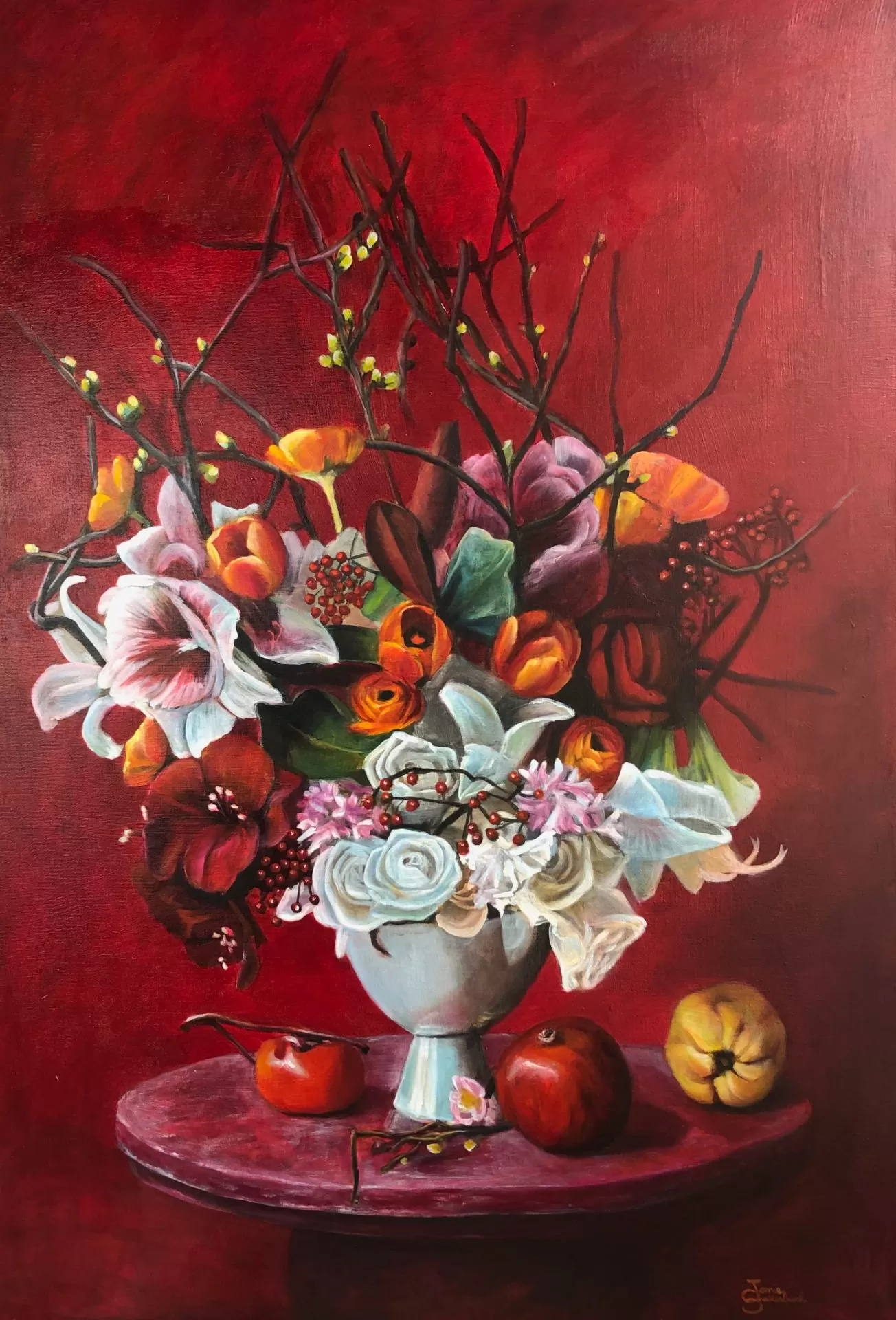


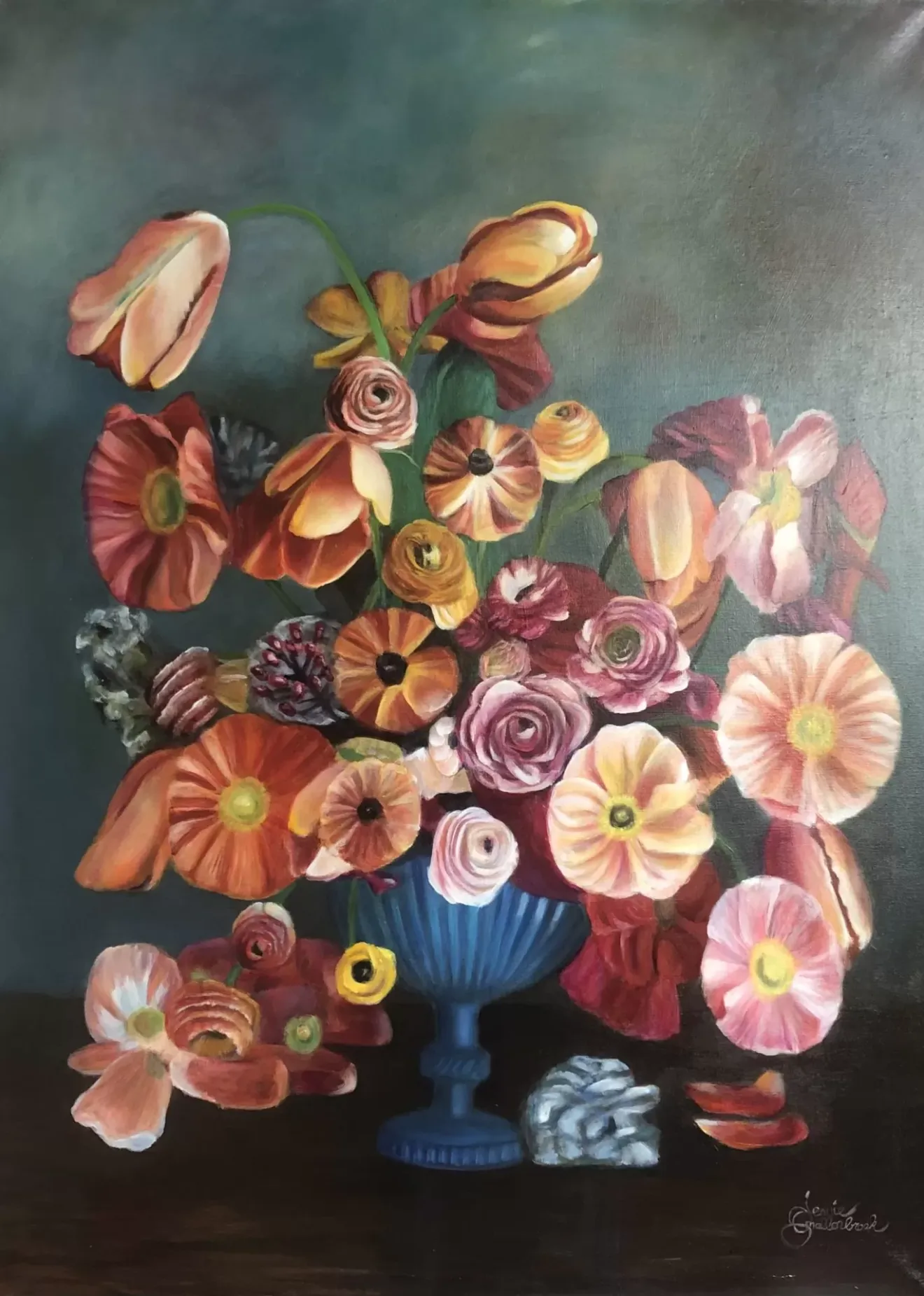
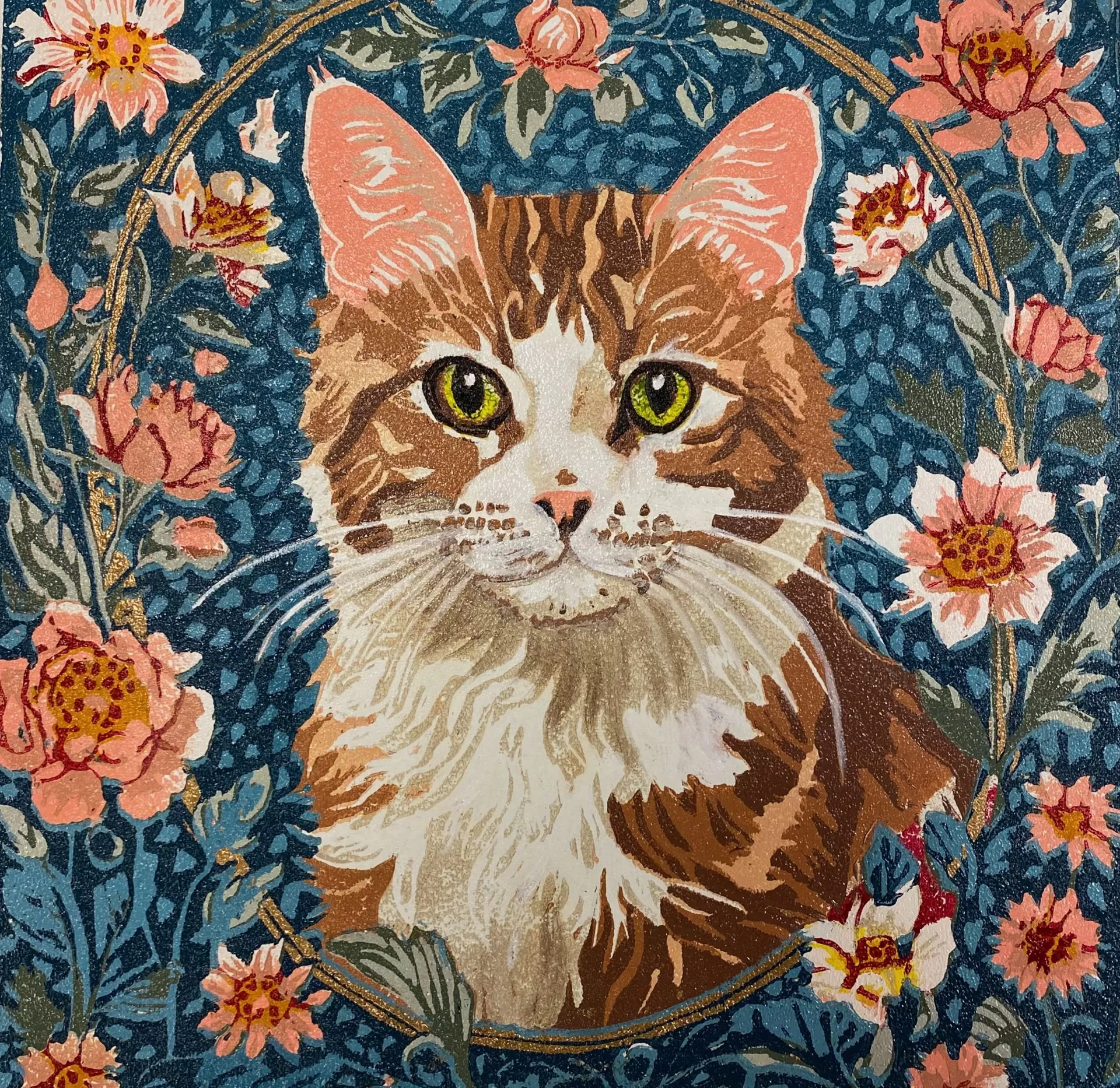
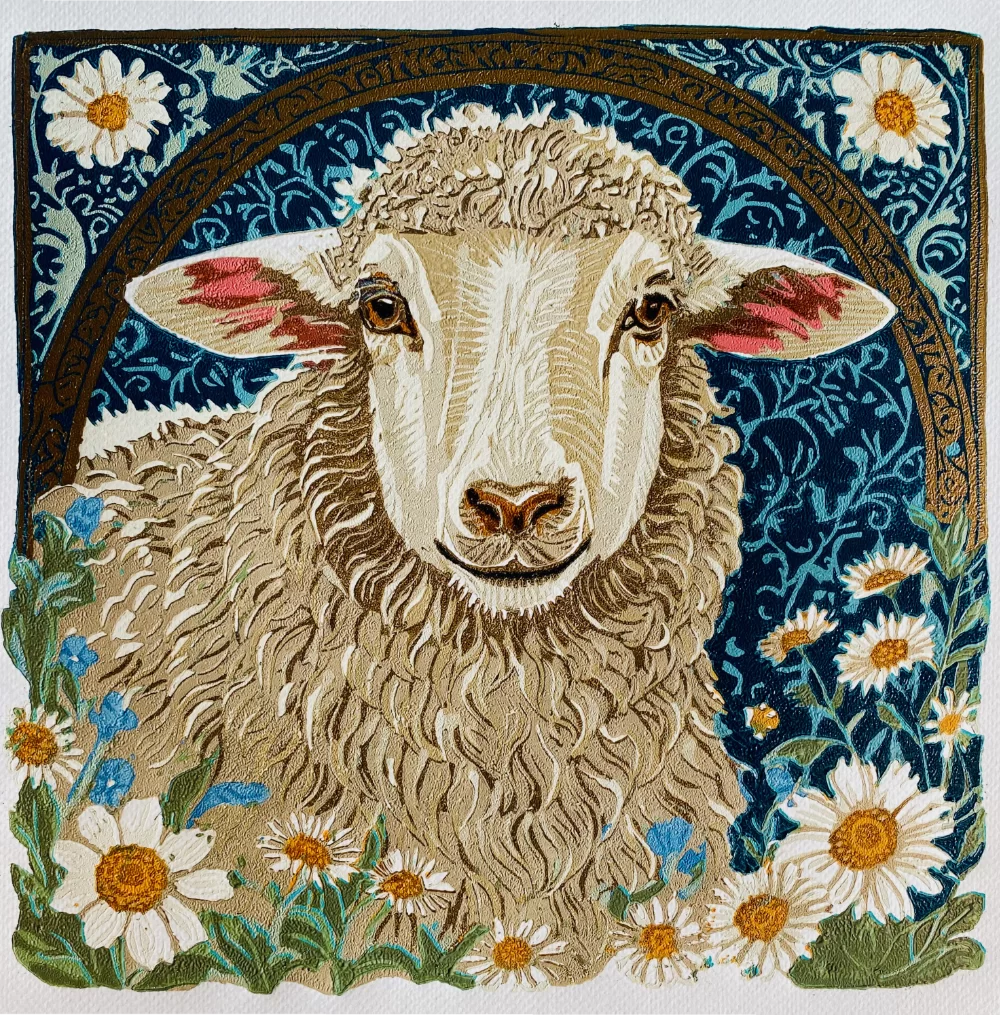
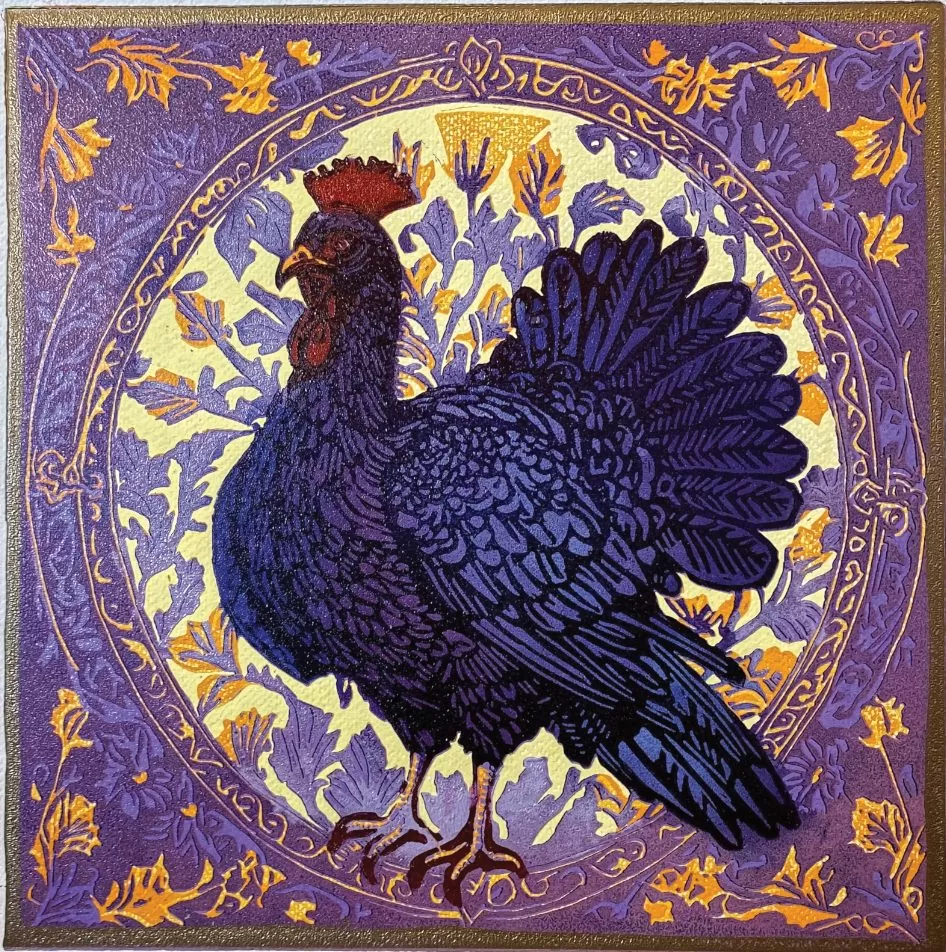
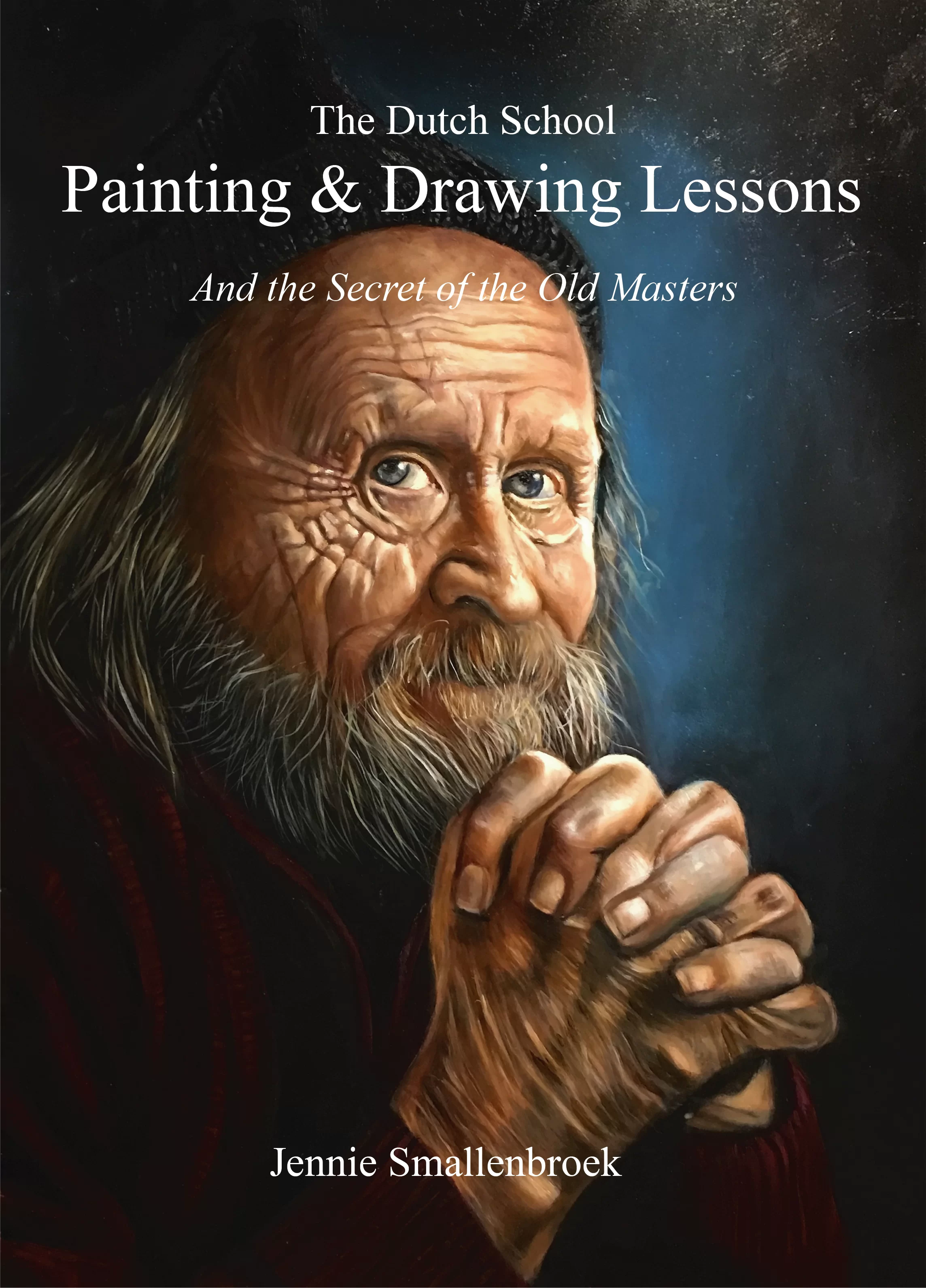


Comentários